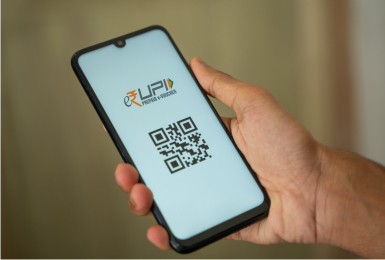Fake Apps: What They Are and check before you download the fake app
When the first smartphone made its way into the market in the nineties, everyone was not only amazed but also confused. They wondered whether it would thrive in the long run or not. Now, years later, everyone knows the answer. Smartphones are not only thriving, but they have become an integral part of today's society. Today, billions of people enjoy the entertainment and services smartphones provide. This is possible thanks to the apps, software, and relevant technologies. However, as the dependency on smartphones increases, the number of cybercriminals also increases. These criminals target unsuspected victims to achieve their less-than-moral goals. The most common way to do this is through fake apps.
These fake apps mimic legitimate apps in structure and function, but they have malicious code which is specifically designed to steal your precious data. These apps exploit the choice of providing access to third-party apps to gain sensitive information from you without the individual's knowledge. This has evolved over the years, so it's better to understand more about these apps and the dangers such fake apps can pose.
Fake Apps: What are those?
Fake apps are just like normal apps in appearance, but when you download them, they cause harm. There are some ways these fake apps exploit you. Some display advertisements to earn ad revenue, some install the malware on devices, and some steal your information to sell to buyers. Despite stern measures, there are uncountable fake apps across different app stores. Per the reports, counterfeit apps have doubled in the first three months of 2020 alone.
How do Fake Apps Work?
Fake apps are simple to make and distribute. Cybercriminals accomplish this by registering as developers on any app store. Then they download a trustworthy programme and modify it to add malicious code. They next upload their fictitious app to the app store.
Types of Fake Apps
The variety of fake apps depends on the intent of the cyber-criminal. Typically, they contain malware that puts the user's data and device at risk. These fake apps fall into one of the following categories.
• Commercial Spyware: A commercial spyware app intends to steal personal information from the victim's phone and sell it without their consent or knowledge. They can also read your text messages and listen to your phone calls.
• Hostile Downloaders: These fake apps are not malicious, but they initiate downloading of some other harmful applications without your consent.
• Non-Android Threat: These apps have codes that are malicious. These don't harm an Android device but affect other devices.
• Backdoor: As the name suggests, the hacker uses backdoor programmes to obtain remote access to a device. After that, malware carries out undesirable and malicious remote-controlled actions like installing or removing programmes
without the user's permission.
• Billing fraud: Through this, purchases made through the applications are unintentionally and automatically charged to the victim's phone bill. This includes sending an SMS with a premium plan, buying items from an app store,
or calling a collection agency.
• Phishing: Phishing apps target credit card numbers, bank information, login credentials and online account information. They disguise themselves as trusted apps and ask for users' authentication credentials or billing information.
The data is then sent to third parties.
• Denial of Service (DoS): DoS apps send a high volume of requests to a remote server, which overloads the system and shuts down the device.
• Spam: These apps contain code to send unsolicited messages to the user's contact or involve the device in an email spam campaign.
• Trojan: Trojan apps may seem harmless, but they contain a component. Hackers use this component to send premium SMS from the user's device without their knowledge.
• Privilege Escalation: These apps bypass the number of privileges allowed in a user's device to access elevated privileges or to turn off core security functions.
•Rooting: Rooting apps are designed to jailbreak the user's device. However, it is important to notice that not all rooting apps are harmful. Many legitimate apps perform rooting, but unlike them, they don't require user consent
to perform any action they are not meant to.
• Spyware: These apps send personal data to third parties without the user's consent. This includes text messages, call logs, contact lists, email records, photos, browser history, or data from other apps.
• Ransomware: Ransomware apps encrypt the user's data and take complete control of the device. The hacker then asks the user to pay to have their data decrypted.



















